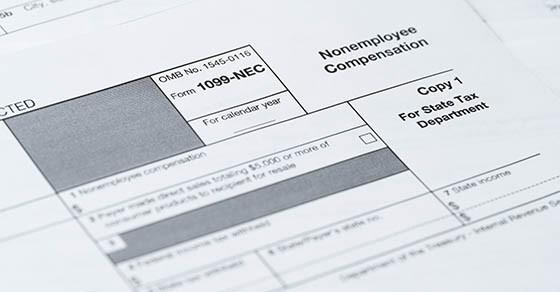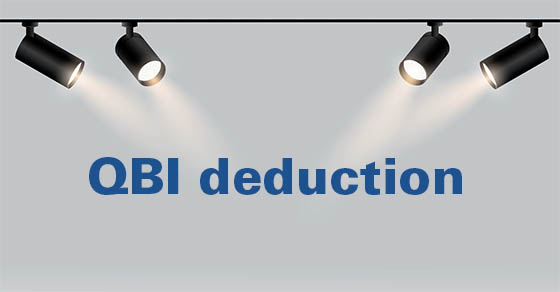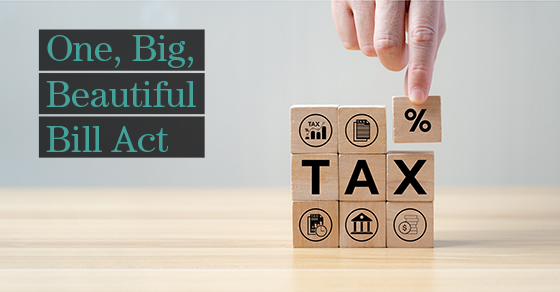The One, Big Beautiful Bill Act (OBBBA) contains a major overhaul to an outdated IRS requirement. Beginning with payments made in 2026, the new law raises the threshold for information reporting on certain business payments from $600 to $2,000. Beginning in 2027, the threshold amount will be adjusted for inflation.
The current requirement: $600 threshold
For decades, the IRS has required that businesses file Form 1099-NEC (previously 1099-MISC) for payments made to independent contractors that exceed $600 in a calendar year. This threshold amount has remained unchanged since the 1950s!
The same $600 threshold is in place for Forms 1099-MISC, which businesses file for several types of payments, including prizes, rents and payments to attorneys.
Certain deadlines must be met. A Form 1099-NEC must be filed with the IRS by January 31 of the year following the year in which a payment was made. A copy must be sent to the recipient by the same January 31 deadline.
A Form 1099-MISC must also be provided to a recipient by January 31 of the year following a payment, but unlike Form 1099-NEC, the 1099-MISC deadline for the IRS depends on how it’s submitted. If a business is filing the form on paper, the deadline is February 28. If the form is being submitted electronically, the deadline is March 31.
The new rules raise the bar to $2,000
Under the OBBBA, the threshold increases to $2,000, meaning:
- Fewer 1099s will need to be issued and filed.
- There will be reduced paperwork and administrative overhead for small businesses.
- There will be better alignment with inflation and modern economic realities.
For example, let’s say your business engaged a freelance graphic designer and pays the individual $650 this year. You’ll need to send a 1099-NEC to the designer for calendar year 2025. But if you hire the same individual in 2026, you won’t be required to send a 1099 to the graphic designer or the IRS in 2027 unless the designer earns more than $2,000.
The money is still taxable income
Even if an independent contractor doesn’t receive a 1099-NEC because the amount paid was below the threshold amount, the payment(s) are still considered part of the individual’s gross income. The contractor must report all business income received on his or her tax return, unless an exclusion applies.
In addition, businesses must continue to maintain accurate records of all payments.
There are changes to Form 1099-K, too
The OBBBA also reinstates a higher threshold for Forms 1099-K, used by third-party payment processors. The reporting threshold returns to $20,000 and 200 transactions, rolling back the phased-in lower thresholds that had dropped toward $600 by 2026. This rollback undoes changes from the 2021 American Rescue Plan Act and earlier IRS delay plans.
Simplicity and relief
Raising the threshold will ease the filing burden for millions of businesses, especially small operations that rely on contractors. There will also be less risk that an IRS penalty will be imposed for failing to file a Form 1099 when required. Contact us with any questions about the new rules or your filing requirements.





